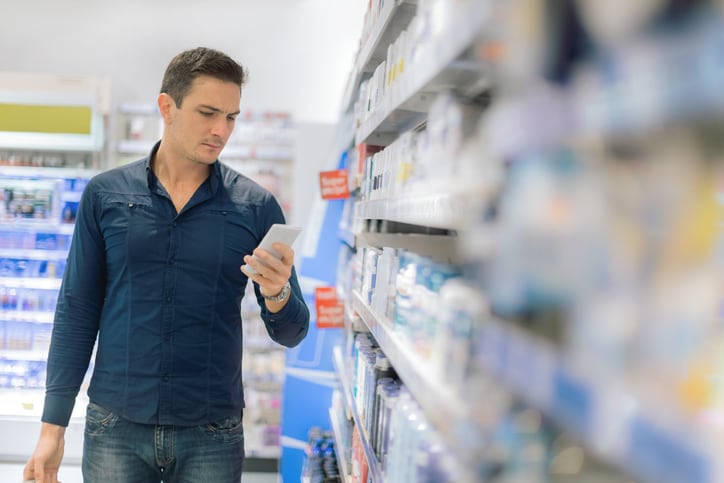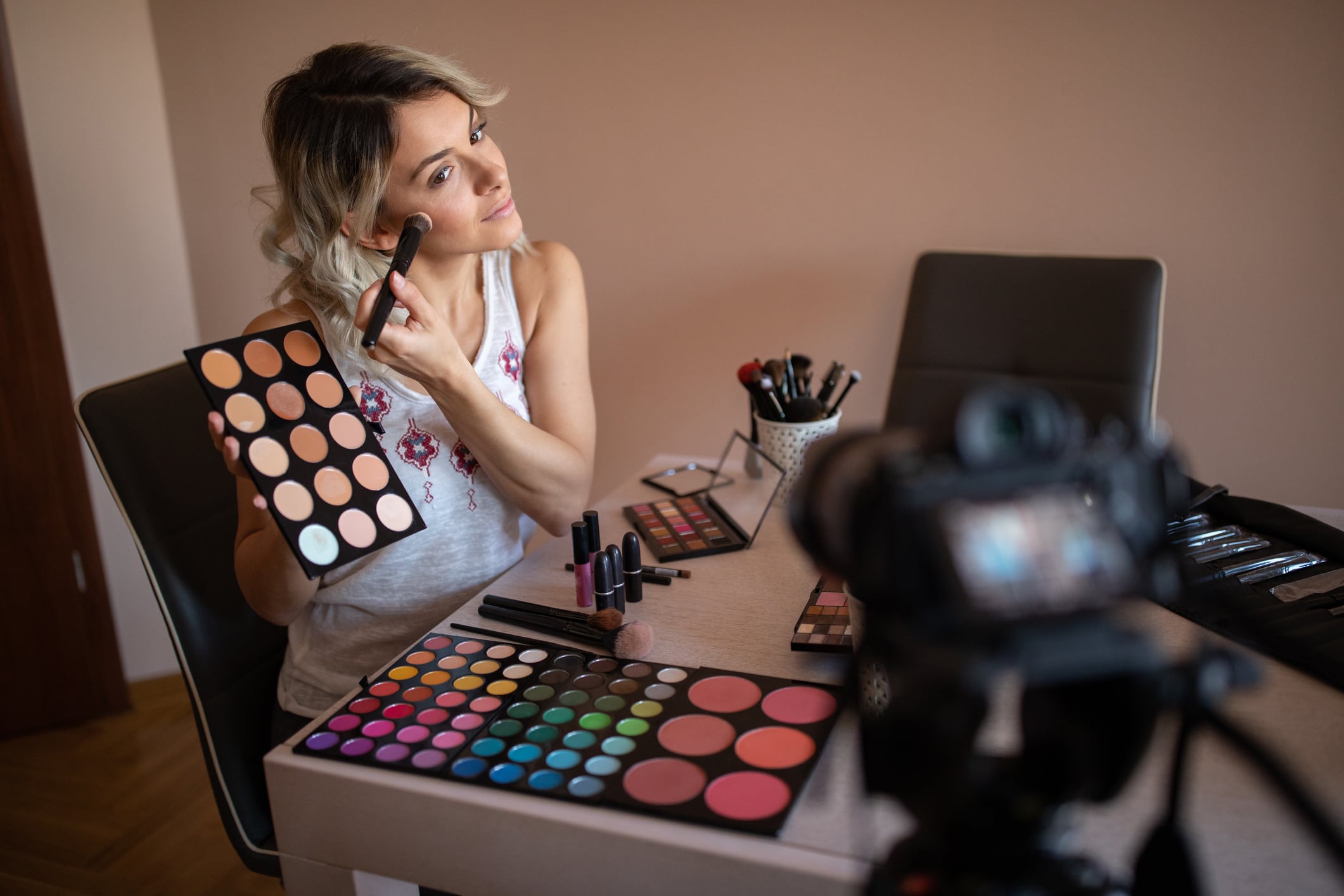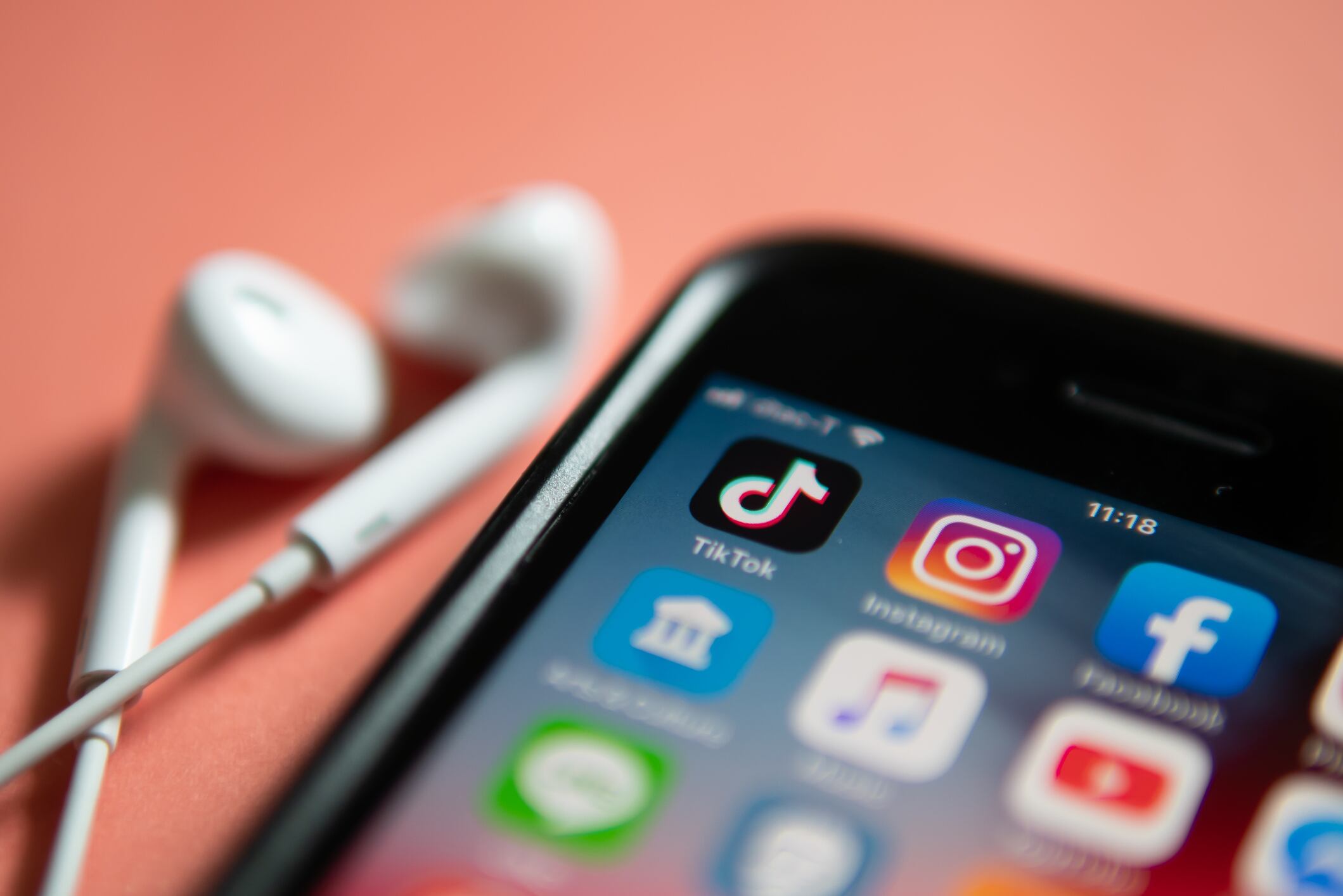Back in 2020, Dr Theresa Callaghan, cosmetic claims, beauty R&D specialist and owner of Callaghan Consulting International, said the social media boom had created an architecture of misinformation that, if left unchallenged, would have damaging long-term effects on the beauty industry. She also called on industry to integrate EU compliant cosmetic claims early on in product development efforts.
Today, Callaghan said there remained a raft of problems across industry, including poorly backed claims, marketing-heavy versus science-led communications and a lack of control on digital presence and consumer engagement.
A widening beauty industry-consumer gap
“The gap between the industry and the consumer just seems to be growing wider, even though brands say ‘oh, no, we communicate very well with them’,” Callaghan told CosmeticsDesign-Europe.
Younger generations, she said, spent their lives on social media and listened to and trusted their peers ahead of other sources, even when information might be wrong – the benefits of ‘skin flooding’ or ‘clean beauty’ products just two current examples. What this had created, she said, was fuel for mistrust against brands, marketing and advertising materials online.
Compounding this, she said, were unsubstantiated and non-compliant claims and wrong information being published by the beauty brands themselves, particularly the smaller, internet-only brands. “There are still far too many products out there that don’t have claim support or data. What they’re doing is relying on the data sheets from the ingredient suppliers which is wrong.”
On one level, Callaghan said it wasn’t entirely industry’s fault, given the patchwork of product claim guidelines across the EU and UK. Some countries, she said, had incorporated EU cosmetic claims guidelines into legislation whilst others had taken a ‘wait and see’ approach and decided to address issues on a case by case basis. “Now, how is a cosmetic company launching a product across the EU supposed to manage that?”
The answer, of course, she said was to follow the toughest approach and provide a full body of evidence of credible weight and quality to support claims, but this was not always happening in beauty.
“Industry needs to admit to itself we have a communication problem and we have weaknesses within our industry,” Callaghan said.
Balanced beauty – ‘scientists need to have their say’
Asked how beauty brands could close the gap between industry and consumers and address this communication problem, she said: “Rather than industry being marketing-led, it needs to be more balanced and the scientists need to have their say when we talk about products.”
Climate scientists and the likes of David Attenborough had managed to permeate wider societal mindset, she said, and so there was no reason cosmetic scientists couldn’t do the same if given the platform and space.
Letting scientists lead would also need to be met with a slowdown to the hectic pace of beauty innovation and product launches, Callaghan said. “Beauty is like a runaway train with no driver (…) I would really like more circumspection, for more consideration and more thought.”
Industry had to start telling its consumers that plugging needs and demands took time, and then take that time to respond properly, she said, because true and safe innovation took time.
Ditching the FMCG tag – ‘cosmetics are not fashion items’
“This is where there is a disconnect between R&D and marketing, and it’s because we are FMCG,” Callaghan said. “I think [beauty] should just stop being FMCG. If we stopped being FMCG, I think we could have a much more coherent conversation with the consumer as well.”
Beauty innovation merited and needed time, she said. “Cosmetics are not fashion items, they are products that help the health and wellbeing of the skin and, yes, are also there to make you beautiful.”
Asked how beauty could ditch its FMCG tag, Callaghan said it would require “good will” from everyone and a collective acknowledgement of a need to address weaknesses – a tough feat in such a competitive market.
“But I have hope,” she said. “I’ve been in industry for more than 35 years, I’ve been married to my job, and despite the ups and downs, I still have hope and confidence in the industry that it will become something that consumers can really appreciate.”




